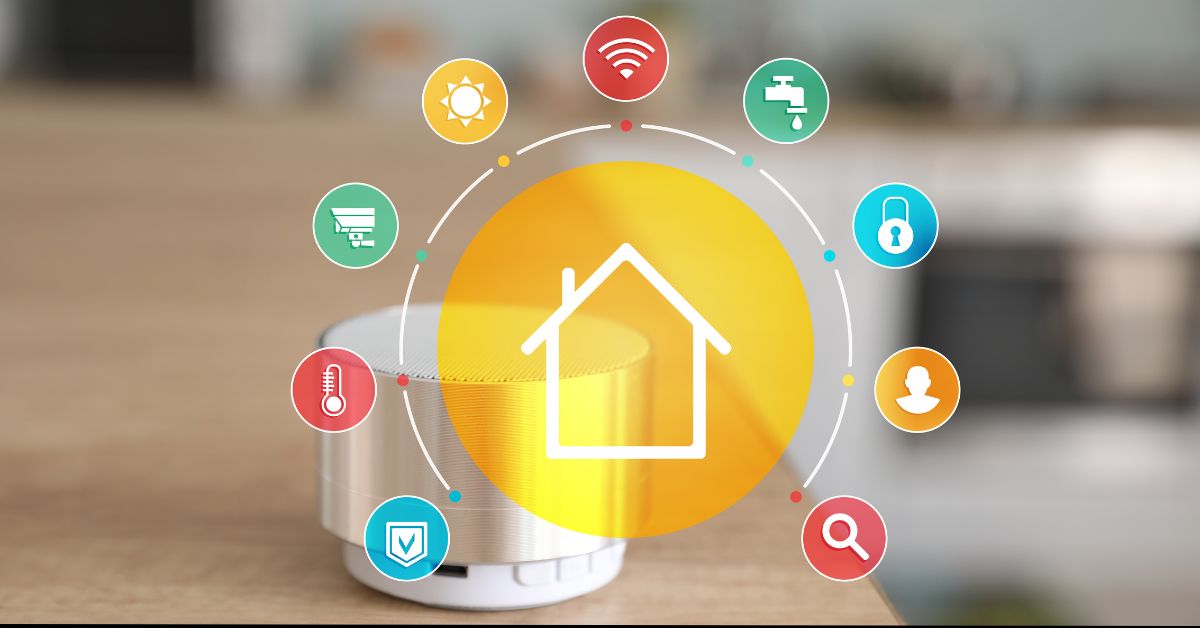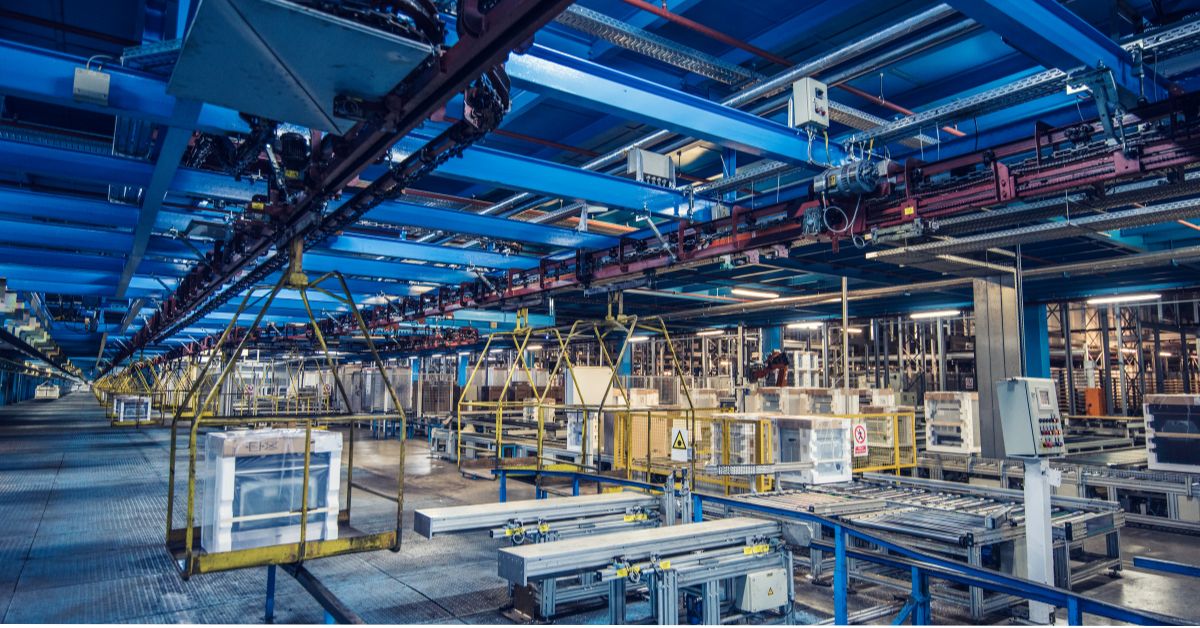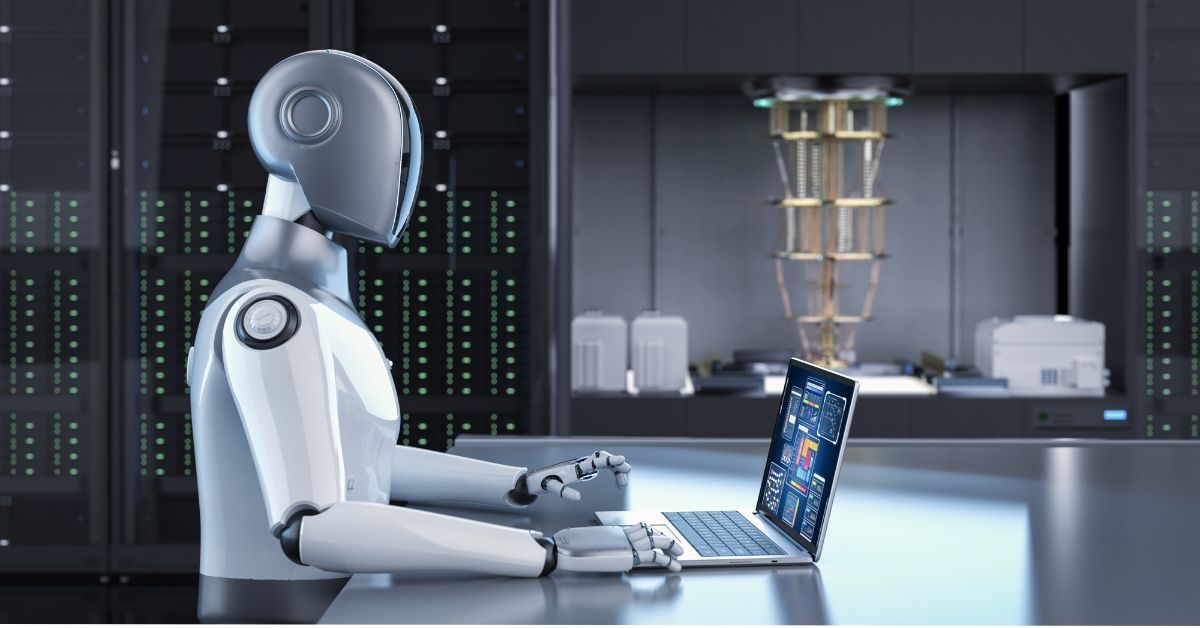There’s data everywhere, on factory floors, in hospitals, at traffic intersections and the need to process that data closer to where it’s created is growing fast. That’s where edge computing comes in and Nvidia is leading the way.
Best known for its GPU breakthroughs, Nvidia is moving AI and machine learning to the edge. This allows businesses to act on insights in real time, not send everything back to a central cloud. Whether it’s autonomous vehicles, smart cameras or healthcare diagnostics, Nvidia’s edge solutions are making systems faster, smarter and more responsive.
With Jetson and EGX, Nvidia has created a flexible toolkit to deploy AI models at the edge. These systems offer powerful performance in compact, energy efficient designs so you can get more done, closer to the data.
Here we’ll look at how Nvidia’s edge computing is opening up new possibilities. From real-time data processing to smarter infrastructure, we’ll explore the features, use cases and future trends that will help you stay ahead in a connected world.
A closer look at Nvidia edge computing
Edge computing changes how data is handled, shifting it from centralized cloud servers to on-site systems that can make decisions quickly and independently. For AI and machine learning, that’s a game changer.
Nvidia has taken its deep expertise in GPU acceleration and applied it to the edge. Through hardware platforms like Jetson, EGX, and the CUDA software ecosystem, Nvidia enables businesses to run powerful AI workloads right where the data is generated.
These platforms make it possible to deploy computer vision, natural language processing, and predictive analytics in real time, without needing constant cloud access. That means fewer delays, more control, and smarter operations, especially in places where connectivity can’t be guaranteed.
Whether you're building smart machines, developing autonomous systems, or enhancing edge infrastructure, Nvidia’s tools are designed to support fast, reliable AI deployments at scale.
Why Nvidia edge AI makes a difference
Nvidia’s edge AI platforms offer businesses the tools to make smarter decisions, faster. Whether you're working in healthcare, manufacturing, or smart transportation, these systems help keep things running smoothly, even when the cloud isn’t available.
Here’s a closer look at what Nvidia brings to the edge:
- Real-time performance where it counts
With powerful GPUs and localized computing, Nvidia’s platforms process data instantly, right at the source. That means real-time insights for applications like computer vision, predictive maintenance, and robotics, without the delays that come with sending data back to a central cloud. - Lower latency, higher reliability
By keeping workloads close to the data, these solutions reduce round-trip times and eliminate the wait for cloud responses. This kind of low-latency processing is ideal for safety-critical systems, from autonomous vehicles to smart city infrastructure. - Scales with your needs
Whether you’re deploying a single smart camera or rolling out hundreds of AI nodes across a factory floor, Nvidia offers options that grow with you—from Jetson modules for embedded applications to EGX platforms for edge data centers. - Smarter use of energy
Nvidia’s edge devices are built to deliver strong performance while keeping energy use in check. That helps reduce operating costs and supports sustainability goals, especially in environments with limited power availability. - Built-in cost savings
Processing data at the edge means you don’t need to constantly push everything to the cloud. That saves bandwidth, reduces infrastructure strain, and lowers overall operational costs.
When businesses move AI closer to where data is generated, they get faster results, more control, and better ROI. Nvidia’s edge computing solutions are helping organizations of all sizes cut through complexity and focus on what matters—building systems that respond in real time and scale with confidence.
Find out more about edge
Edge computing in simple words
Where Nvidia edge computing fits in: real-world applications across industries
Nvidia is enabling practical, high-impact uses of AI at the edge across multiple industries. From managing traffic flow to powering diagnostics and automating warehouse operations, Nvidia’s edge solutions are helping modern businesses process data in real time, improve safety, and deliver better experiences.
Smart cities
In smart spaces like connected cities, Nvidia technology is helping local governments process traffic and security data faster and more intelligently. With AI-based object detection and video analytics running on platforms like Jetson Orin, cities can make real time decisions around congestion, emergencies, or public events, without waiting for data to travel back and forth to the cloud.
Edge computing for smart cities
Healthcare
Hospitals and clinics are using Nvidia GPUs at the edge to process medical imaging, spot patterns, and support diagnosis, all without needing to send large files to central servers. Whether it’s inside wearable devices or diagnostic machines, Nvidia AI enables real time processing that supports timely interventions and improves patient outcomes.
Retail and distribution
Edge AI is reshaping how retailers and distribution centers operate. With AI at the edge, companies can track inventory, monitor store traffic, and automate personalized experiences. In warehouses, Nvidia's edge devices help streamline shelf scanning, packaging, and route planning, cutting down on delays while improving efficiency and safety across the supply chain.
Manufacturing and industrial automation
In harsh environments like factory floors, Nvidia edge computing supports everything from predictive maintenance to robotic coordination. By bringing AI closer to the production line, manufacturers can avoid downtime, improve product quality, and respond to changes on the fly, all without needing continuous cloud computing access.
Edge computing in manufacturing
Autonomous transport
From self-driving cars to last-mile delivery robots, real time AI at the edge is essential. Nvidia’s Jetson platform enables these systems to process video, sensor, and mapping data in real time, helping them navigate safely, adapt quickly, and function independently in the real world.
These use cases show how Nvidia’s edge systems make it easier for companies to get faster insights, run leaner operations, and apply the power of AI wherever it’s needed most.
What gives Nvidia the edge in edge AI?
It starts with the hardware. Nvidia GPUs remain the gold standard for high performance computing, and the Jetson family, including Jetson Orin, delivers that power in edge-friendly formats built for scalability and efficiency.
But it’s not just about devices. Nvidia’s software stack, including CUDA, TensorRT, and Triton, gives developers the flexibility to build AI tools tailored to their needs. Whether they’re working on text generation, video analytics, or robotics, these tools support smooth deployment and optimization across multiple industries.
For organizations managing large-scale edge deployments, Nvidia Fleet Command helps bring everything together. This software-defined platform allows IT teams to monitor, update, and secure distributed systems from one central location, ensuring seamless integration with existing cloud and edge environments.
And thanks to partnerships with major cloud computing providers like Azure and AWS, Nvidia’s edge platforms are ready for hybrid environments, giving businesses the flexibility to run workloads wherever they perform best.
What’s next for AI and edge computing with Nvidia?
The future is moving fast, and Nvidia AI is right at the center of it. Here are a few key trends on the horizon:
- 5G meets edge AI
With 5G expanding globally, real time decision making at the edge is set to accelerate. Faster network speeds mean more responsive systems, whether you're managing warehouse robotics or autonomous vehicles. - Smarter robots and autonomous systems
We’ll see greater adoption of edge-powered robotics in logistics, agriculture, and industrial automation. Nvidia’s hardware and software stack is already helping companies turn this into a competitive advantage. - More sustainable AI infrastructure
As energy usage becomes a bigger concern, edge systems that balance performance with energy efficiency will be in high demand. Nvidia is investing in technology that reduces power draw without compromising capability. - Generative AI at the edge
Expect text generation, language models, and content creation tools to become more accessible through edge deployment. Running these models closer to where data is processed opens new possibilities for personalization, speed, and privacy.
By combining scalable hardware, developer-friendly tools, and deep integration with the cloud, Nvidia continues to offer edge computing that’s built for what’s next. Businesses looking to reduce costs, act faster, and innovate smarter have more opportunities than ever to make AI work at the edge.









